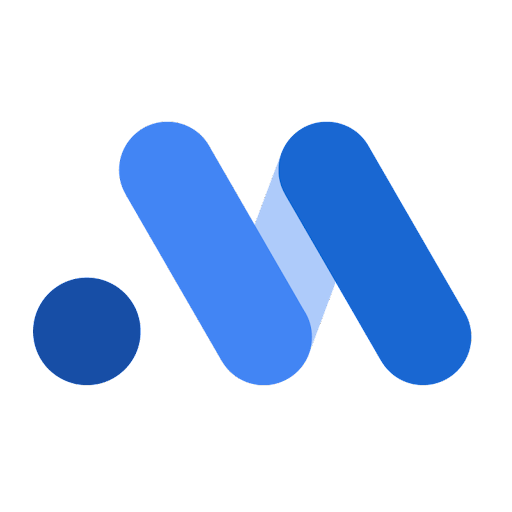The Meridian model allows for media at time \(t\) to affect the KPI at times
\(t, t + 1, \dots , t + L\) where the integer \(L\) is a hyperparameter set
by the user using the max_lag parameter of ModelSpec. Media can potentially
have a long effect that goes beyond max_lag. However, Meridian assumes lagged
effects decay monotonically toward zero and these effects eventually become
small. For practical reasons, we truncate the effect at the max_lag value.
max_lag tradeoffs
Smaller values of max_lag generally lead to improved model convergence and
faster model model runtimes. Smaller values of max_lag can also reduce model
variance: with large max_lag values, the amount of data available is often
insufficient for Meridian models to precisely estimate lagged effects,
increasing model variance. On the other hand, larger values of max_lag
increase the duration of lagged effects which can be beneficial for models that
expect long term effects.
Increasing max_lag doesn't necessarily mean that ROI estimates will also
increase. One reason for this is because if the media at time \(t\) can affect
the KPI at time \(t+L\), this can take away from the effect of media at times
\(t+1, \dots , t+L\) on the KPI at time \(t+L\).
Practical advice for setting max_lag
The two adstock decay functions offered in Meridian, geometric and binomial,
balance max_lag tradeoffs differently.
When using geometric decay
With geometric decay, setting max_lag in the 2-10 range leads to a good
balance of modeling the lagged effects of media while minimizing the potential
disadvantages of a max lag that is too large. The geometric decay curve decays
to zero very quickly for most values of \(\alpha\), so setting max_lag to
a very large value has a negligible effect on the model likelihood.
When using binomial decay
With binomial decay, however, the curve is a function of the max lag: it is
stretched to cover the effect window as its x-intercept is always at
\(L + 1\). As a result, the concern of diminishing returns no longer applies
and you can use binomial decay with a larger value of max_lag. However,
convergence and model runtimes can still become worse with increasing max_lag.
This tension should be balanced with potential benefits of increasing max_lag,
and we recommend selecting a max_lag value in the 4-20 range in this case.
When using a combination of geometric and binomial
Deciding on increasing the value of max_lag can be complicated if you are
using different decay functions for different channels. If you are predominantly
using one function with a small number of exceptions we recommend following the
recommendation of the predominant function. If you are using a more balanced
mix, we recommend selecting a max_lag in the 4-20 range. This gives a good
balance of binomial lagged effect modeling while avoiding the drawbacks of using
geometric with a large max_lag.
| Adstock Decay Function | Max Lag Recommendation |
|---|---|
| Geometric | 2-10 time periods. |
| Binomial | 4-20 time periods. |
| Geometric/Binomial Combination | 4-20 time periods. |
For additional details on the decay functions and alpha prior, see Set the adstock_decay_spec parameter.
